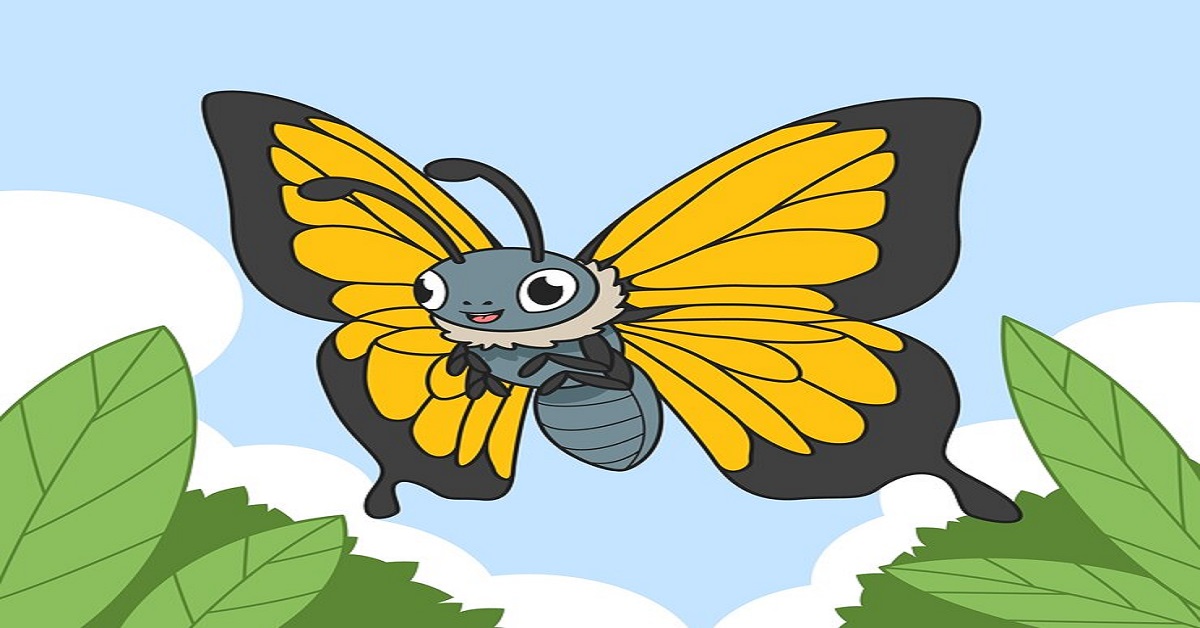Introduction
With their delicate wings and vibrant colors, butterflies captivate people’s imaginations worldwide. These creatures are beautiful and symbolize transformation and the ephemeral nature of life.
Let’s delve into the fascinating world of butterflies, exploring their lifecycle, anatomy, behavior, and ecological significance.
Lifecycle: The Miracle of Metamorphosis
Butterflies undergo a remarkable transformation known as complete metamorphosis, which consists of four stages: egg, larva (caterpillar), pupa (chrysalis), and adult. This process begins when a female butterfly lays eggs on specific host plants. Once hatched, the caterpillar emerges, voraciously consuming leaves to fuel its growth. After several molts, it enters the pupal stage.
Inside the chrysalis, the caterpillar undergoes a complex reorganization, eventually emerging as a fully-formed butterfly. This metamorphosis symbolizes growth, change, and the cycle of life.
Anatomy: Adapting for Flight and Survival
A butterfly’s anatomy is finely tuned for flight and survival. Their bodies are divided into the head, thorax, and abdomen. The head features compound eyes that provide a wide field of vision, crucial for detecting predators and finding mates.
At the top of the head are antennae, which serve as sensory organs for smelling and detecting environmental cues. The thorax houses powerful muscles that drive the wings, enabling the butterfly to hover, glide, and migrate over long distances. Wings, covered in colorful scales, are delicate yet resilient, aiding in thermoregulation and camouflage.
Behavior: Dance of Grace and Purpose
Butterflies exhibit a variety of behaviors essential for survival and reproduction. Feeding primarily on nectar, they play a vital role in pollination, contributing to ecosystem health and plant diversity. Males engage in elaborate courtship displays to attract females, showcasing their vibrant colors and patterns.
Migration is another awe-inspiring behavior, with some species traveling thousands of miles to reach seasonal habitats. Butterflies also use mimicry as a defense mechanism, mimicking the appearance of toxic species to deter predators.
Ecological Significance: Guardians of Biodiversity
Beyond their aesthetic appeal, butterflies are crucial indicators of environmental health and biodiversity. As pollinators, they facilitate the reproduction of numerous plant species, including many crops.
Their sensitivity to habitat changes makes them valuable indicators of ecosystem disturbance caused by climate change, habitat loss, and pollution. Conservation efforts aimed at preserving butterfly habitats benefit a wide range of flora and fauna, promoting sustainable ecosystem management worldwide.
Conclusion
Butterflies are not just creatures of beauty but embody profound symbolism and ecological importance. From their miraculous metamorphosis to their role in pollination and ecosystem health, butterflies inspire wonder and admiration.
As stewards of the natural world, it is essential to appreciate and protect these fragile yet resilient insects, ensuring they continue to grace our skies and enrich our lives for generations to come.
